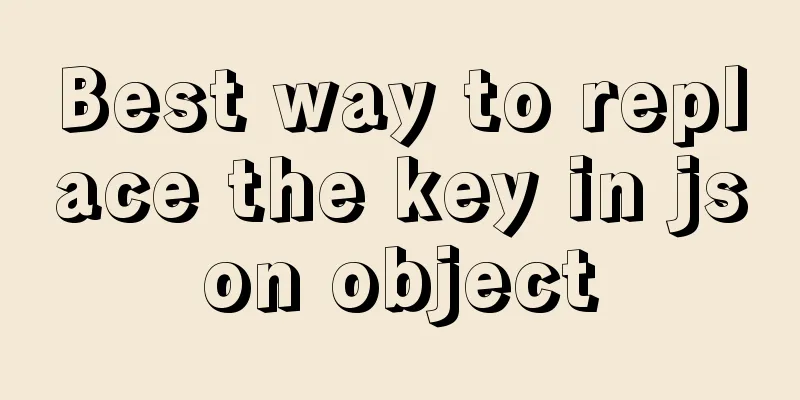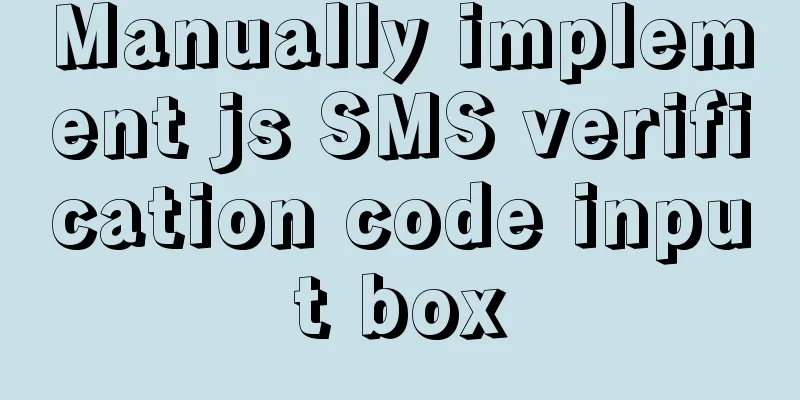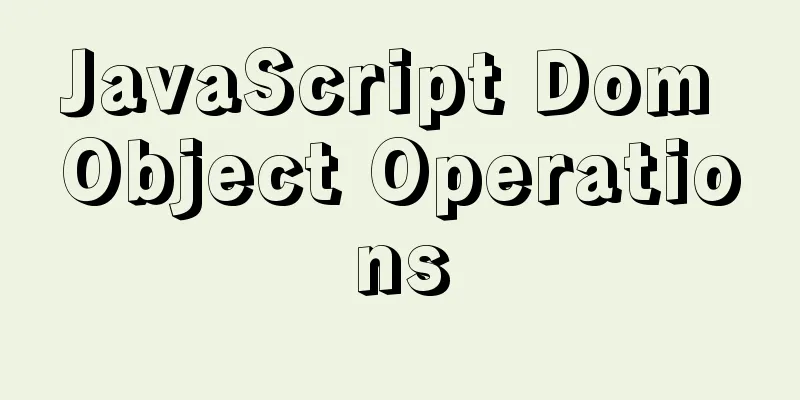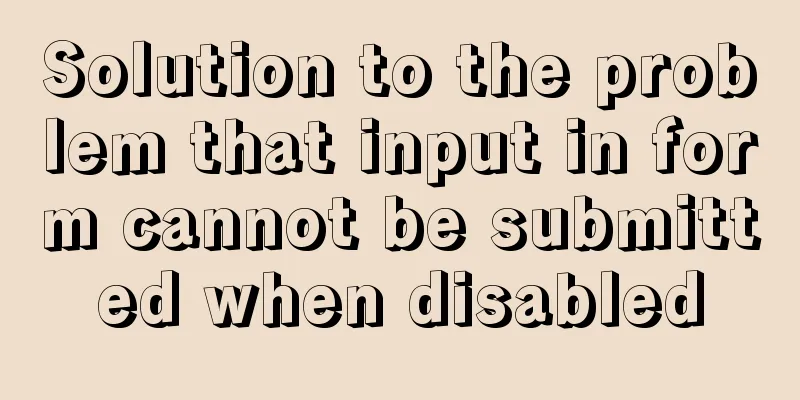Best way to replace the key in json object

|
JSON (JavaScript Object Notation, JS Object Notation) is a lightweight data exchange format. It is based on a subset of ECMAScript (js specification developed by the European Computer Association) and uses a text format that is completely independent of the programming language to store and represent data. The simplicity and clear hierarchical structure make JSON an ideal data exchange language. It is easy for humans to read and write, and also easy for machines to parse and generate, and can effectively improve network transmission efficiency. When you see the title, you might wonder, is such a simple question worth exploring? If I have a json object, I can do it with just a few lines of code: var obj = {
"_id": "5078c3a803ff4197dc81fbfb",
"email": "user1@gmail.com",
"image": "some_image_url",
"name": "Name 1"
};
var new_key = "id";
var old_key = "_id";
obj[new_key] = obj[old_key];
delete obj[old_key];Yes, that's right! The above code does the job just fine, replacing "_id" with "id" in the obj object. In most cases this approach will not cause any problems, however, if you need to serialize the obj object into a document and compare the differences, you will see problems. // Modify the previous obj
{
"_id": "5078c3a803ff4197dc81fbfb",
"email": "user1@gmail.com",
"image": "some_image_url",
"name": "Name 1"
}
// obj after modification
// JSON.stringify(obj, null, "\t")
{
"email": "user1@gmail.com",
"image": "some_image_url",
"name": "Name 1",
"id": "5078c3a803ff4197dc81fbfb"
}The newly added key is placed at the end by default, and because we deleted the previous key during the replacement process, the obj after serialization is significantly different from the previous obj.
So how can we ensure that key replacement is achieved with minimal differences? Here are some methods I found: Object.prototype.renameProperty = function (oldName, newName) {
// Do nothing if the names are the same
if (oldName === newName) {
return this;
}
// Check for the old property name to avoid a ReferenceError in strict mode.
if (this.hasOwnProperty(oldName)) {
this[newName] = this[oldName];
delete this[oldName];
}
return this;
};function renameKeys(obj, newKeys) {
const keyValues = Object.keys(obj).map(key => {
const newKey = newKeys[key] || key;
return { [newKey]: obj[key] };
});
return Object.assign({}, ...keyValues);
}
const obj = { a: "1", b: "2" };
const newKeys = { a: "A", c: "C" };
const renamedObj = renameKeys(obj, newKeys);
console.log(renamedObj);
// {A:"1", b:"2"}// Using lodash's _.mapKeys() function var user = {
name: "Andrew",
id: 25,
reported: false
};
var renamed = _.mapKeys(user, function(value, key) {
return key + "_" + user.id;
});
console.log(renamed);var str = JSON.stringify(object); str = str.replace(/oldKey/g, 'newKey'); str = str.replace(/oldKey2/g, 'newKey2'); object = JSON.parse(str); function renameObjectKey(oldObj, oldName, newName) {
const newObj = {};
Object.keys(oldObj).forEach(key => {
const value = oldObj[key];
if (key === oldName) {
newObj[newName] = value;
} else {
newObj[key] = value;
}
});
return newObj;
}data = {key1: "value1", key2: "value2", key3: "value3"};
keyMap = {key1: "firstkey", key2: "secondkey", key3: "thirdkey"};
mappedData = Object.keys(keyMap).reduce((obj,k) => Object.assign(obj, { [keyMap[k]]: data[k] }),{});
console.log(mappedData);Some of the examples above can meet our requirements, and some of them are basically equivalent to the code given at the beginning of this article (with only slight differences in execution efficiency). But all of these examples, without exception, fail to meet the following two requirements at the same time: Keep the order of the keys to be replaced in the original JSON object. This ensures that the order of keys in the string output after JSON.stringify() is executed is consistent with the original JSON object. Modify the original JSON object instead of returning a new JSON object. In some cases, we need to modify the sub-elements of a complex JSON object. If a new JSON object is returned after the modification, there is no guarantee that the new object will be reflected in the original JSON object. For example, jspath is a javascript library that can find child elements in a given json object through a domain-specific language (DSL). With the following code, we can easily find the elements in the automobiles property of the obj object where maker === "Honda" and year > 2009. var obj = {
"automobiles" : [
{ "maker" : "Nissan", "model" : "Teana", "year" : 2011 },
{ "maker" : "Honda", "model" : "Jazz", "year" : 2010 },
{ "maker" : "Honda", "model" : "Civic", "year" : 2007 },
{ "maker" : "Toyota", "model" : "Yaris", "year" : 2008 },
{ "maker" : "Honda", "model" : "Accord", "year" : 2011 }
],
"motorcycles" : [{ "maker" : "Honda", "model" : "ST1300", "year" : 2012 }]
};
var res = JSPath.apply('.automobiles{.maker === "Honda" && .year > 2009}', obj);
// res: [{ "maker" : "Honda", "model" : "Jazz", "year" : 2010 }, { "maker" : "Honda", "model" : "Accord", "year" : 2011 }]Note that the res object returned here is part of the obj object, which means that any subsequent changes made to the res object will be reflected in the obj object. If we replace some keys in res and return a new json object, then this modification will not be reflected in the obj object. Basic idea: Since the newly added key will be ranked last by default, simply traverse all the keys of the JSON object, and then replace the key one by one with a temporary name, and then replace the temporary name back. During this process, if a key that really needs to be replaced is encountered, no secondary replacement will be performed. Here is the specific code: var obj = {
"_id": "5078c3a803ff4197dc81fbfb",
"email": "user1@gmail.com",
"image": "some_image_url",
"name": "Name 1"
};
var new_key = "id";
var old_key = "_id";
Object.keys(obj).forEach(key => {
if (key === old_key) {
obj[new_key] = obj[key];
delete obj[key];
} else {
obj[`_${key}`] = obj[key];
delete obj[key];
obj[`${key}`] = obj[`_${key}`];
delete obj[`_${key}`];
}
});The completed effect is as follows:
Of course, if you consider universality, you may need to recursively traverse the given JSON object. The above code only gives an idea. Considering the execution efficiency and security, this is not the best solution. We can gradually improve it in actual use. The above is the details of the best solution for replacing the key in the JSON object. For more information about replacing the key in the JSON object, please pay attention to other related articles on 123WORDPRESS.COM! You may also be interested in:
|
<<: Complete steps to reset the root user password in mysql8
>>: How to monitor Windows performance on Zabbix
Recommend
In-depth study of how to use positioning in CSS (summary)
Introduction to Positioning in CSS position attri...
Summary of 4 ways to add users to groups in Linux
Preface Linux groups are organizational units use...
Analysis of MySQL query sorting and query aggregation function usage
This article uses examples to illustrate the use ...
MySQL 8.0.18 installation and configuration method graphic tutorial under MacOS
This article records the installation of MySQL 8....
CSS3 text animation effects
Effect html <div class="sp-container"...
WeChat applet silent login and maintenance of custom login state detailed explanation
Table of contents 1. Background 2. What is silent...
A brief analysis of how MySQL implements transaction isolation
Table of contents 1. Introduction 2. RC and RR is...
Enable sshd operation in docker
First, install openssh-server in docker. After th...
Detailed explanation of the principle of distributed locks and three implementation methods
Currently, almost all large websites and applicat...
Modify the default data directory of MySQL 8.0 (quick operation without configuration)
Usage scenario: We use Alibaba Cloud and purchase...
Causes and solutions to the garbled character set problem in MySQL database
Preface Sometimes when we view database data, we ...
MySQL 5.7.33 installation process detailed illustration
Table of contents Installation package download I...
Specific use of Docker anonymous mount and named mount
Table of contents Data volume Anonymous and named...
HTML basics - CSS style sheets, style attributes, format and layout details
1. position : fixed Locked position (relative to ...
Detailed explanation of the installation, configuration, startup and shutdown methods of the Mysql server
1. Download from official website: https://dev.my...











